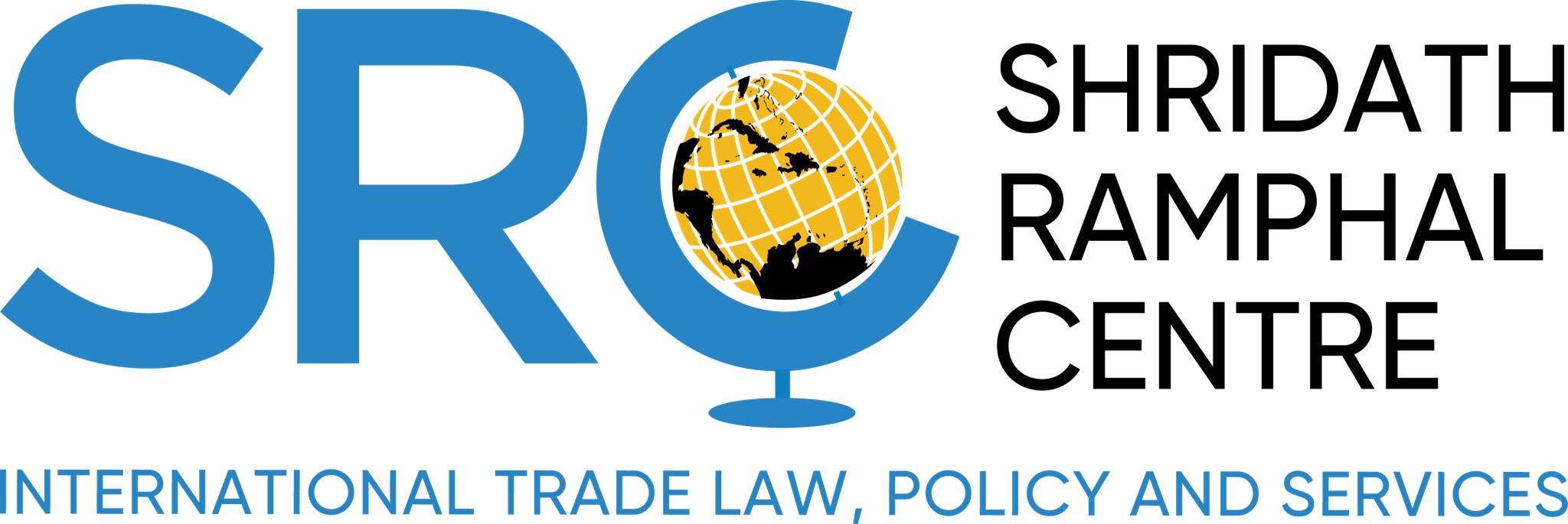By Dr. Kai-Ann Skeete
The last time I wrote this column, my simple advice was to brace for impact…major disruption to your yuletide season. In an effort not to sound repetitive, my advice now is to buckle down and make the CARICOM Single Market (CSM) work for you as an entrepreneur. After all, our governments have been tirelessly working since early 2000 to make the CSM a reality for the private sector to fully utilize. The transition from a CARICOM citizen to an entrepreneur is not an easy one but once you are willing to take calculated risks and learn from the advice of others, it is going to be a successful journey.
Lesson #1 – Conduct market intelligence and develop a service or a product that is made from the Caribbean raw materials within one of the 14 States comprising the CARICOM Single Market (CSM). The CSM has been around since 2006 and it is one of the most under-utilized initiatives. I encourage you to get to know the top brands that are manufactured in the region. Know the top exports and utilize them but more importantly, focus on replacing the imports gradually with sustainable and cost-effective regional products. It will take time to remove the demand for the Kraft, Waitrose and Heinz and instead encourage the use of Matouk, Grace or Kabuli.
Lesson #2 – As a CARICOM citizen, I encourage you to register as a holder of a CARICOM Vocational Qualification (CVQ) or a CARICOM Skilled National (CSN) since this gives you hassle-free access to any of the 14 CSME participating territories. Then consider whether you want to temporarily provide your services across borders, set up a business within the Right of Establishment Regime or whether you wish to simply trade your goods within the market of over 15 million CARICOM nationals.
Lesson #3 – Understand the intricacies of the longstanding but still informal traders’ network within the Caribbean. It is via this mechanism that regional transportation and logistics predominantly occur. “Traders” as they are called in Grenada or “Traffickers” in St. Vincent and the Grenadines operate a “Chubby trade” where farmers are paid for their produce in St. George’s and this produce is transported to Trinidad via the cargo vessel Ocean Princess II and sold in the Port-of-Spain Public Market. The money from the sale of the agricultural produce is then used to purchase wholesale items in Trinidad such as baby diapers and drinks and then loaded onto the same vessel and sold upon reaching the Carenage.
Lesson #4 – Understand the Common External Tariff (CET) and Rules of Origin in order to save yourself any unnecessary frustration at Ports of Entry while dealing with Customs and Excise Officers. More importantly, know your rights as a CARICOM National and as a CSME Service Provider or Manufacturer.
Lesson #5 – Spend the time to understand the peculiarities of regional markets. Prices on some markets are set by consumers. In Barbados, local consumers like fresh whole chickens of roughly US$7.5-$9 per bird. This results in a younger and smaller chicken going to market because of the preferences of the consumers rather than the customary agricultural practice of a larger 6-week old bird.
Lesson #6 – Tap into the regional institutional architecture to lend assistance such as CARICOM Regional Organisation for Standards and Quality (CROSQ) for identifying the service or product standards, to Caribbean Export for market intelligence and donor support, to the Caribbean Private Sector Organisation (CPSO) as the entrepreneurial arm of the Community.
Lesson #7 – In this journey as a regional entrepreneur consider using other CARICOM countries as distribution and storage hubs rather than simply markets. Consider pooling for the sharing of costs of freight containers or coordinating shared shipments. Along the way, consideration must be given to those within the product Value Chain, the truckers and freighters who transport. I recommend that you regularly communicate with them at the proverbial table to help them solve their problems with the coordination of deliveries and collections resulting in delays for all parties involved.
Lesson #8 – Learn the histories and her-stories of the Caribbean business leadership. Research them and reflect on their strengths and flaws. Study the paths of esteemed regional entrepreneurs like Aunt May or James “Jimmy” Moss-Solomon and sit in awe of their achievements but recognize the efforts of hard work and personal investments. I will leave you with the words of former Jamaican Prime Minister Michael Manley as you contemplate your future path, together we must “…walk through the world on our feet, and not on our knees.” Together, we must make a concerted effort to utilize and maximise on what the CSM allows as it remains the vehicle to drive us to achieve our respective, personal, national and even regional goals.
Dr. Kai-Ann Skeete is committed to solving regional problems as the Trade Research Fellow of the Shridath Ramphal Centre for International Trade Law, Policy & Services of The University of the West Indies, Cave Hill. Learn more about the SRC at www.shridathramphalcentre.com.


